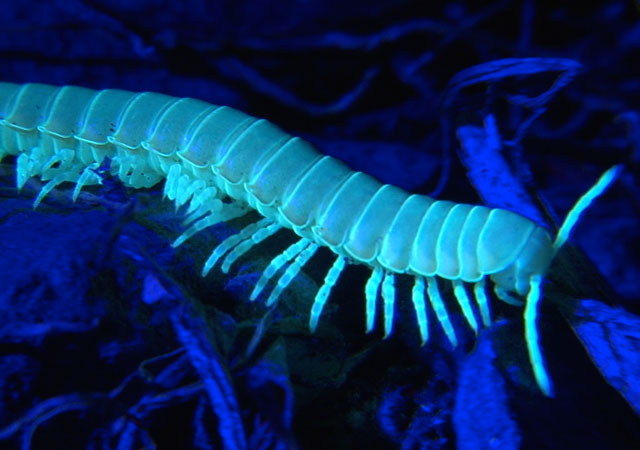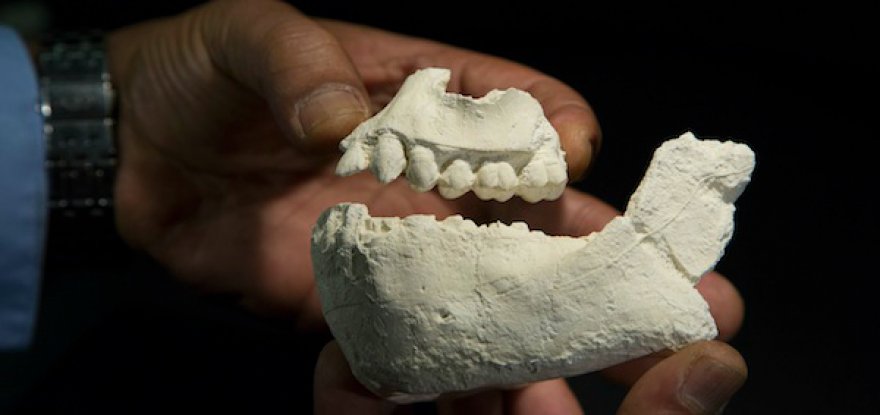How many galaxies are there in the observable universe? How many cells are there in the human body? We know both of these numbers must be really big.
Which is bigger? No one has counted all the cells and all the galaxies one by one, so any number will be an estimate.
Continue reading the main story Related Coverage An artist's impression of the distant galaxy CR7. Scientists say light from the galaxy has been traveling to us for 12.9 billion years.
Traces of Earliest Stars That Enriched Cosmos Are SpiedJUNE 17, 2015 The farthest confirmed galaxy observed to date was identified in this Hubble image of a field of galaxies.
Astronomers Measure Distance to Farthest Galaxy YetMAY 5, 2015 In a paper published in 2013, Eva Bianconi of the University of Bologna in Italy and her colleagues outlined a method for estimating the number of cells in a "Standard human being," which they defined as a 30-year-old weighing 154 pounds, standing 5 feet 7 inches tall, and possessing a body surface area of 20 square feet.
Astronomers pointed the Hubble telescope at a portion of the sky of known size, counted the number of galaxies they could see, and then multiplied to estimate the number of galaxies in the observable universe.
Even using the highest estimate for galaxies and the lowest estimate for human cells, there are at least 800 billion more cells in your body than there are galaxies in the known universe.
source
Which is bigger? No one has counted all the cells and all the galaxies one by one, so any number will be an estimate.
Continue reading the main story Related Coverage An artist's impression of the distant galaxy CR7. Scientists say light from the galaxy has been traveling to us for 12.9 billion years.
Traces of Earliest Stars That Enriched Cosmos Are SpiedJUNE 17, 2015 The farthest confirmed galaxy observed to date was identified in this Hubble image of a field of galaxies.
Astronomers Measure Distance to Farthest Galaxy YetMAY 5, 2015 In a paper published in 2013, Eva Bianconi of the University of Bologna in Italy and her colleagues outlined a method for estimating the number of cells in a "Standard human being," which they defined as a 30-year-old weighing 154 pounds, standing 5 feet 7 inches tall, and possessing a body surface area of 20 square feet.
Astronomers pointed the Hubble telescope at a portion of the sky of known size, counted the number of galaxies they could see, and then multiplied to estimate the number of galaxies in the observable universe.
Even using the highest estimate for galaxies and the lowest estimate for human cells, there are at least 800 billion more cells in your body than there are galaxies in the known universe.
source















